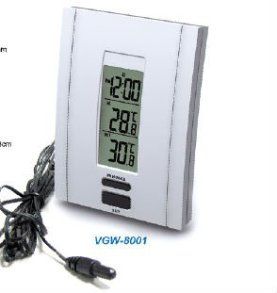Recently bought a new case (aswell as few other bits, SSD, new HD etc)
Coolermaster Elite 731 Pre-Noise Dampened. Aware it's possible it may affect cooling but I want it to be relatively quiet, and wasn't that much more than standard so I can rip it out if needed. https://www.overclockers.co.uk/showproduct.php?prodid=CA-280-CM
i5 2500k OC'd idles between 29-35 depending on ambient. Though my 7850 2gb gets quite hot at 81c (on the odd unoptimized game I've seen it jump to 87 though!)
Long story short
Could someone suggest a good cooling setup, how many and where I should put intake/outtake fans to make sure I'm doing it right?
The way I figure it'll go currently is intake at the front, intake at the left side blowing directly on the GPU, outtake back, intake ontop feeding the CPU. Possibly another intake on the bottom next to the PSU?
Cheers
Coolermaster Elite 731 Pre-Noise Dampened. Aware it's possible it may affect cooling but I want it to be relatively quiet, and wasn't that much more than standard so I can rip it out if needed. https://www.overclockers.co.uk/showproduct.php?prodid=CA-280-CM
i5 2500k OC'd idles between 29-35 depending on ambient. Though my 7850 2gb gets quite hot at 81c (on the odd unoptimized game I've seen it jump to 87 though!)
Long story short
Could someone suggest a good cooling setup, how many and where I should put intake/outtake fans to make sure I'm doing it right?
The way I figure it'll go currently is intake at the front, intake at the left side blowing directly on the GPU, outtake back, intake ontop feeding the CPU. Possibly another intake on the bottom next to the PSU?
Cheers


